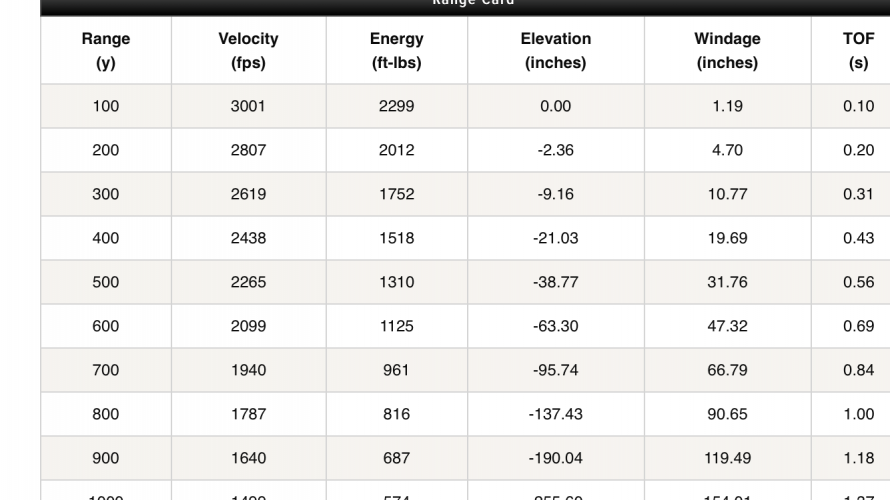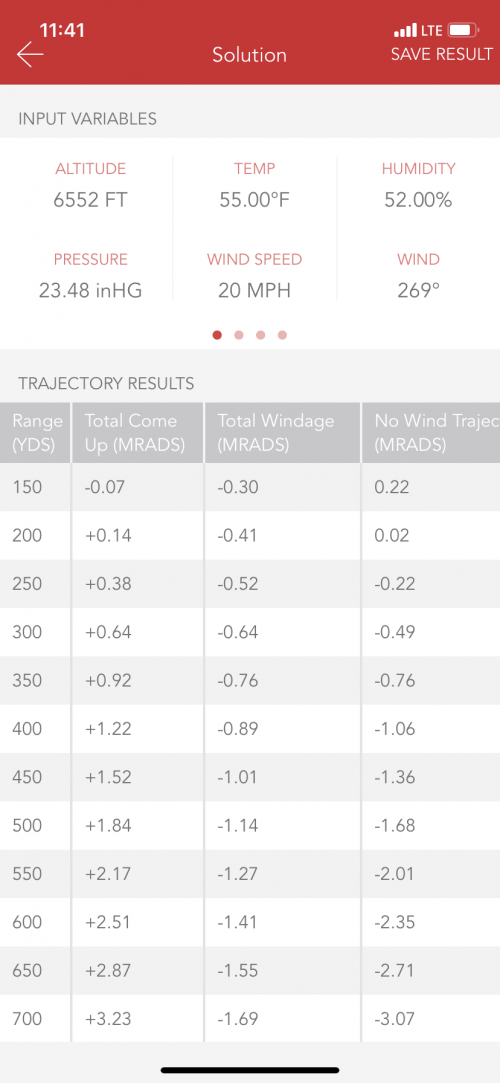Out pronghorn hunting yesterday and the wind kicked up. end results: I over-thought a shot and missed, wife didn't try to dope the wind and dead critter, but a bit of bullet drift.
How much do you allow for wind on a 20 MPH cross breeze? How far out do you start to see effects? How much?
How much do you allow for wind on a 20 MPH cross breeze? How far out do you start to see effects? How much?






